A Beginner's Guide to Axe Throwing
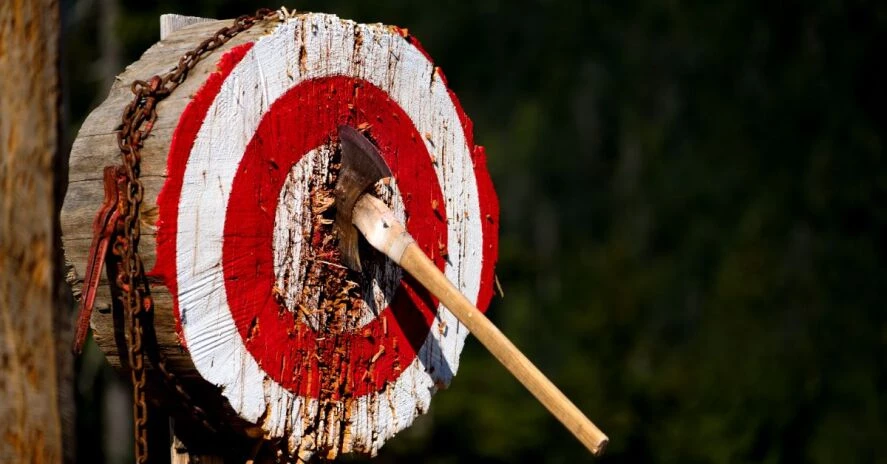
Axe throwing has been gaining in popularity in the recent years. If you're tired of darts, you can try something new and exciting! We'll show you how to throw an axe like a pro and how to avoid common beginner mistakes.
Contents
Strength (and) Concentration: What Makes Axe Throwing Popular
A few years ago, a new trend arrived to Europe from overseas: the sport of axe throwing. The activity first gained a large fan base in the USA, Canada or Brazil - but gradually made its way to the UK and continental Europe.
If you like cold weapons, then you are likely to fall in love with axe throwing! This sport will help you get some fresh air, improve your accuracy and strengthen your core. Axe throwing requires full concentration on what you are doing, so it will help you release stress and clear your head.
When Skilled Enough, Join a Tournament!
Axe throwing is a fun pastime, but also a competitive discipline. In 2017, the World Axe Throwing League (WATL) was founded. The league regularly organizes international tournaments in axe throwing who want to measure their skills against opponents from all over the world.
DID YOU KNOW... you can try axe throwing in many European cities. For example, Prague has The House Of Axes, the city’s first and only indoor axe throwing range!
Choosing a Throwing Axe - Getting Started
When choosing a throwing axe, look for models designed specifically for throwing at a target. Traditional axes for splitting wood are not suitable for throwing.
Lighter axes weighing around one to two kilograms and with a wooden handle (top) 40-45 cm long are ideal. However, don't be afraid to go for a heavier axe. You'll learn how to keep your wrist stable and how to better control the force of the throw.
However, whatever axe you choose, it should always be well balanced. A balanced axe is easier to control, which is essential for hitting the target.
For throwing at a target, choose an axe with a blade made of a strong and robust steel: spring steel, stainless steel or carbon steel are all great options, as they won't break upon impact.
Remember, the sharper the blade, the better. Sharp axe will be less likely to bounce back and damage other objects or injure persons nearby.
DID YOU KNOW... tournament organizers have very strict rules regarding the parameters of the throwing axes? All important information should be available on the organizers' websites.
Safety Should Always Be the Number One Priority
When throwing an axe, follow the basic safety rules in order to avoid hurting yourself or others:
- Never throw an axe at people or animals. It’s never funny.
- Beginners should learn axe throwing under instruction of someone experienced. This will help you learn the right techniques right from the start. Visit an axe throwing range or sign up for axe throwing courses - either alone or with like-minded friends.
- Before throwing an axe, make sure that no other people are in the way and that you have enough space around you - at least 2 metres on each side.
- If you are throwing axes at a target together with a partner, make the throw at the same time.
- Never approach the target while the thrown axe is still in motion. The axe might bounce back at you and hit you or someone else.
Check the video below to see what might happen (fortunately, this one had a happy ending):
How to Throw an Axe: a Step-by-Step Guide
There are two basic ways to throw an axe: one-handed or two-handed throw. Two-handed throw is safer and easier to start with. Holding the axe with both hands gives you better control over the technique.
When throwing with both hands, follow these steps:
- Stand directly in line with the bullseye about 3.5 metres away from the target. More experienced supervisors will help you determine the correct distance, taking into account to the rotation of the axe during the throw.
- Line up your shoulders and grab the handle of your axe with both hands. Imagine you're playing golf. Just like when playing golf, you need to use your whole body, not only the arms.
- Either hold the axe with your thumbs pointing towards the axe head, or hold the handle with both hands in a fist. Your grip shouldn’t be too strong, it should feel light and comfortable.
- Bring the axe over your head.
- Time to throw: bring your arms forward and make the throw, releasing the axe at eye level. At the end of the motion, both your arms will be extended in front of your body.
But enough theory. You may prefer to have a look at the video below:
Common mistakes and how to fix them:
- Too much rotation (over-rotation): The top of the axe blade hits the target. Take a half step closer to the target board.
- Not enough rotation (under-rotation): If the handle of the axe hits the board you under-rotated. Take a half step or one step backwards.
- Unwanted rotation: The axe deviates from its path or does not fly towards the target. If that happens, maybe your wrist and elbow were not locked enough, or your movement was too stiff. Before throwing the axe, it sometimes helps to relax your wrists.
DID YOU KNOW...throwing knives are even more popular than axes? Read more about throwing knives and about how to master knife throwing technique!
Practice and Good Equipment Make Perfect
If you want to practice axe throwing in your garden, make sure to get the right equipment first. A good quality wooden target made of birch, spruce or larch wood is essential.
And if you want to expand your collection of historical weapons, check out our range of throwing axes. Once you have the right tools, practice is all you need.

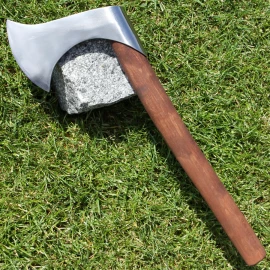
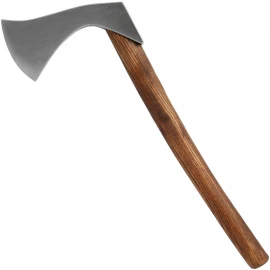
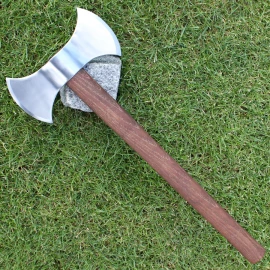
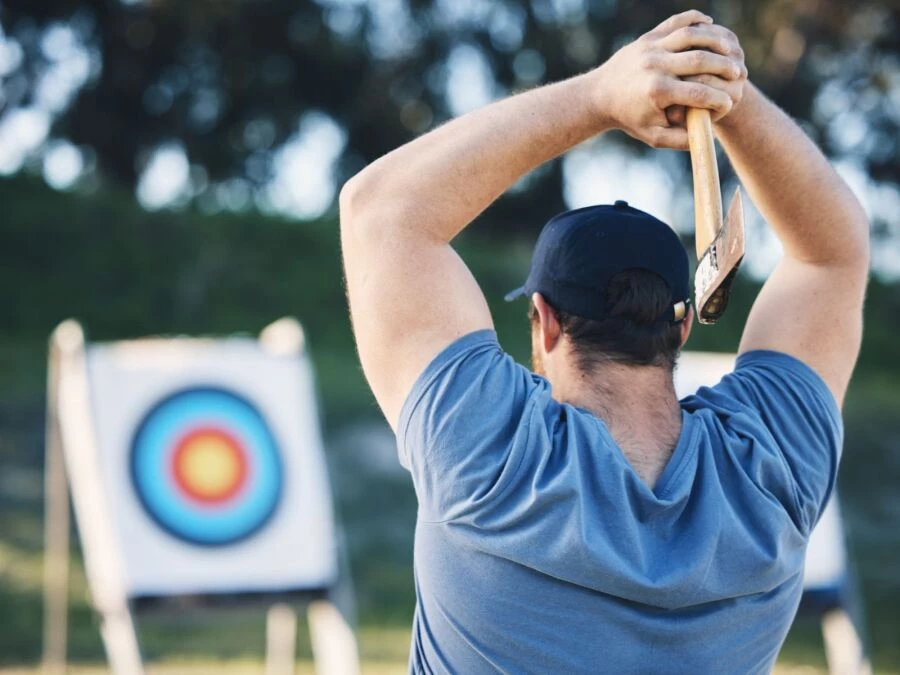
Comments